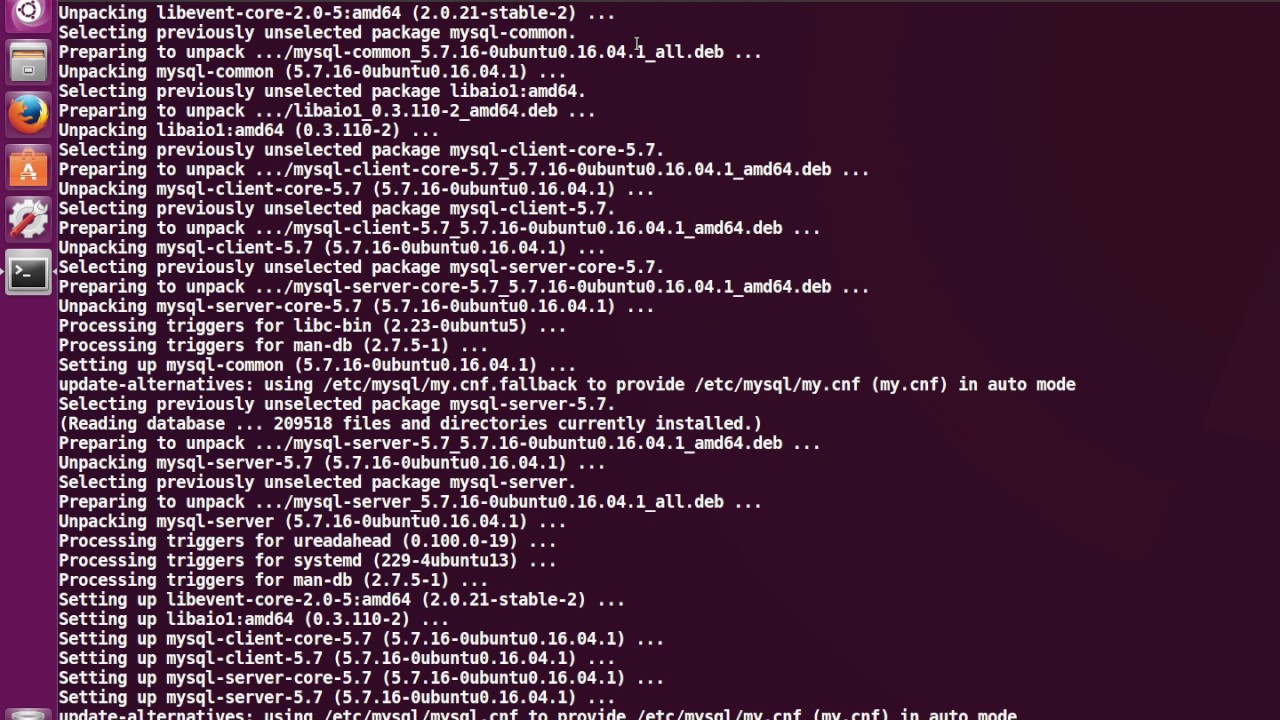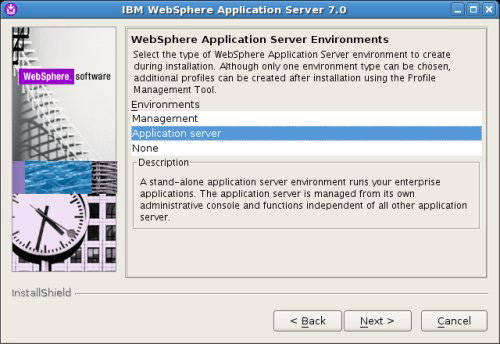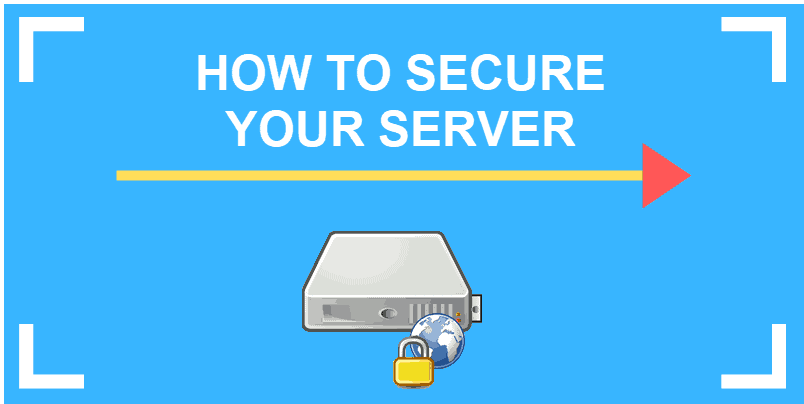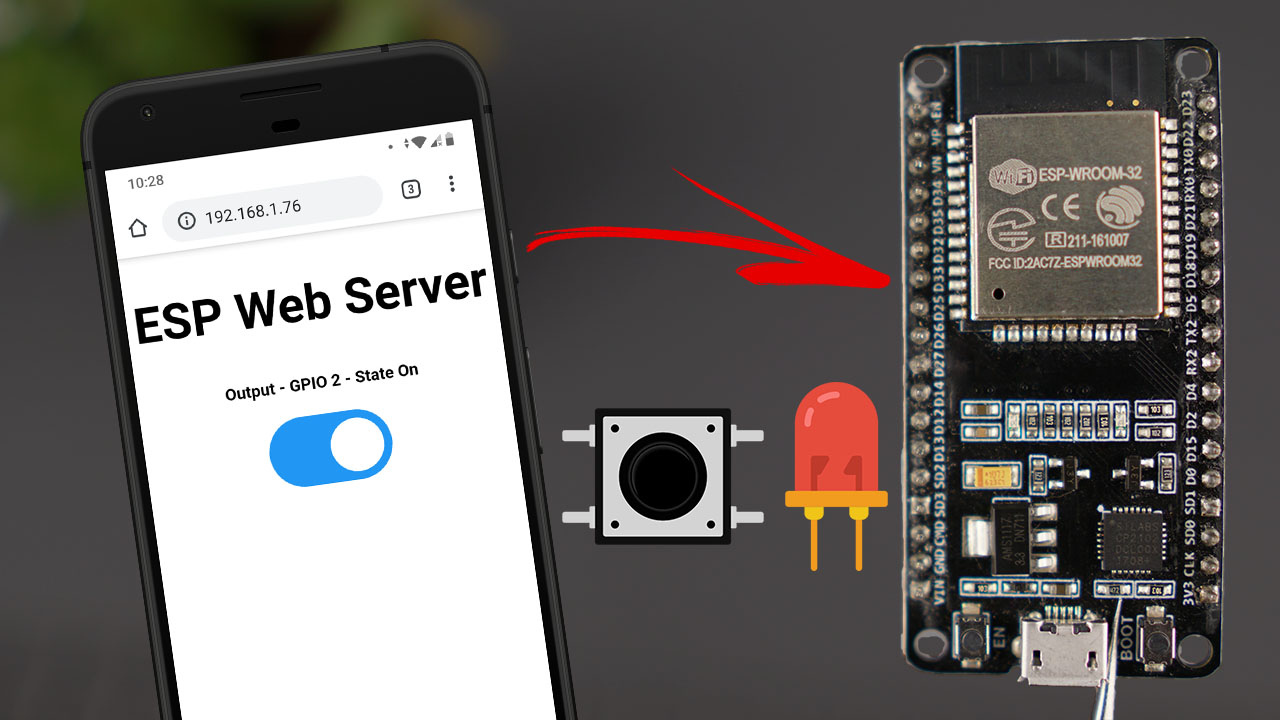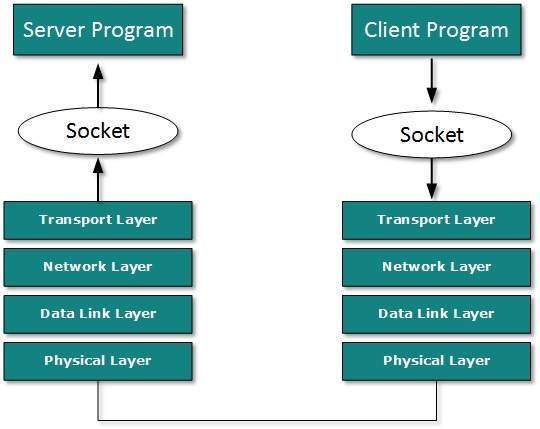How-To Linux Tutorial – Installing and Configuring MySQL on a Linux Distribution
This how-to linux tutorial explains how to install and configure MySQL on a Linux distribution. You will also learn how to create a user and database. This tutorial is written for the beginner or experienced user. You can follow along with the tutorial to get started right away. After you’ve installed MySQL, you can install additional components. For more information, check out the link below. Listed below are the steps to complete the installation of MySQL on your Linux distribution.
Installing MySQL on a Linux distribution
Before you begin, you will need to install the MySQL server. In order to do this, you must first login as a root user to your Linux distribution. You can then use the sudo mysql command to connect to your database as the root user. If you are not the root user, you will have to enter your password to access the database. Then, you will need to select the default authentication plugin and the option to use Strong Password Encryption.
Next, you’ll need to create a user account. This account will grant you full MySQL server privileges. You must keep this account separate from any other user, since it is used for administrative purposes. After installing MySQL, you can use the interactive shell to perform administrative tasks and manage your databases. Alternatively, you can also manually run a command in the MySQL interactive shell to access the database. If you need to make a backup, simply reinstall MySQL and run it again.
Configuring MySQL
When installing MySQL, you will need to follow a few steps. First, you will need to download the necessary components. After you’ve downloaded them, run the setup. You may be asked to install prerequisite software or set a password for the database. Next, you will need to create the root user and a user for your database. Finally, you’ll need to set up a dedicated user account for MySQL.
After enabling MySQL, you’ll need to set up the root user account. This is the best way to secure the server, as you’ll never know who’s connected to it. But you should remember to use a strong password! Once you’ve done this, you can move on to installing the software and installing it on the server. Don’t forget to change your root password!
Creating a database
Creating a database is one of the most common tasks performed by a Linux administrator. This is a necessary step for dynamic websites, web applications, and storing employee and customer records. Linux offers the best platform for creating databases due to its open source nature and availability of numerous pre-made database servers. MySQL database server is the most popular among them. To create a database with Linux, follow the following steps.
First, start a MySQL server. Once your server is running, type the following command to create a database. Note: The database you create cannot have the same name as any other database already on the server. If there is another database of the same name, this command will fail. However, it will create a database called tutorial_database if no such database exists. You can then access this database using the MySQL interface.
Creating a user
Creating a user on a privileged Linux server is a simple but vital task for MySQL administrators. In order to secure the database, you must limit access privileges and maintain user credentials. You will be running hundreds of MySQL instances and must make sure that they are all secure. In addition, you must ensure that MySQL is running with maximum efficiency and consistency. This tutorial covers the basics of creating a user on a self-managed server. However, you can also apply these same steps to a hosted server to get more information about how to manage MySQL.
Creating a user on a MySQL server requires a database root password, so you will need to choose one that has at least 8 characters. Once you have set your password, you will need to add a VALIDATE_PASSWORD component to your MySQL configuration. The password should be strong enough to prevent unauthorized access to your database. You can also add extra complexity to the password by creating a password dictionary. This step is not covered in this tutorial, but is highly recommended when storing sensitive information on a MySQL server.

